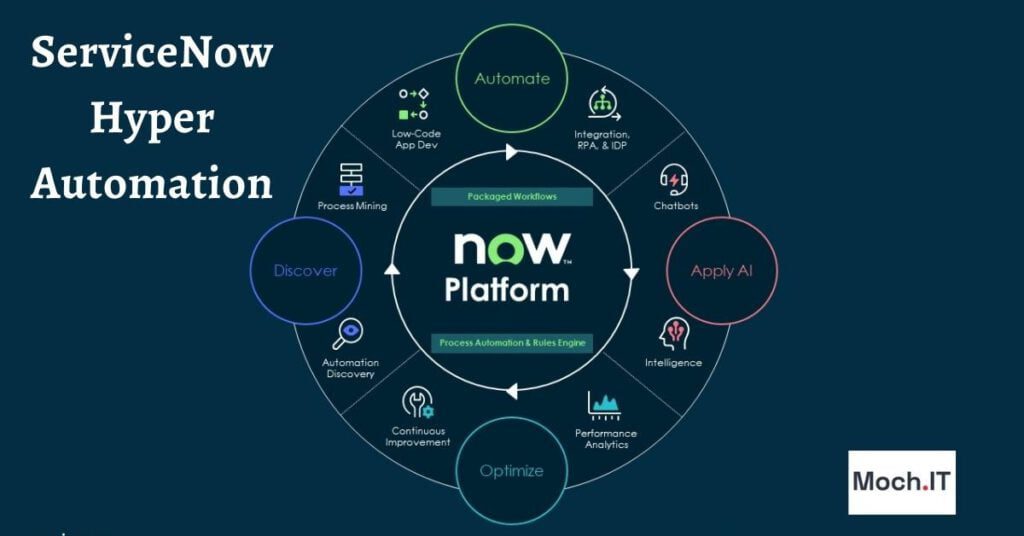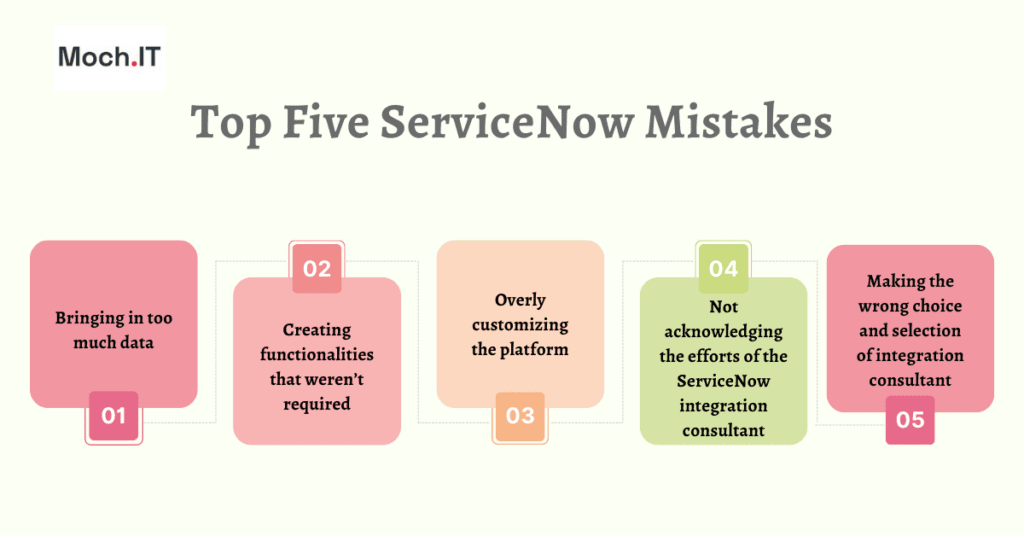There comes a time when a company wants to make it easy for employees and customers to resolve issues quickly and get the desired answers. This is where a virtual agent comes into play. In just a few clicks, you can resolve these issues.
Virtual agents use AI to automatically identify additional topics of concern based on your user needs. It understands the natural human language, meets users on their channel of choice, and plays nice with your existing tools. With the help of AI, virtual agents can deliver personalized, intelligent, and meaningful assistance. By intercepting assistance across channels, it autonomously resolves issues with zero human intervention passing on complex issues to a human agent with full context. With the performance insight on the ServiceNow VA’s dashboard, you can easily show off the amazing success.
ServiceNow Virtual Agent augments your IT staff and delights end users with a chatbot ready to assist them. in this blog, users can learn about the latest ChatGPT integration with Virtual Agent Service Now.
What Exactly is A Virtual Assistant?
Virtual assistants aim to help businesses organize appointments, respond to emails, and perform other administrative tasks.
They respond to requests from people who want to avoid contacting a person directly but want their problem resolved as soon as possible.
- Handle various customer requests – Consumers increasingly use virtual assistants such as Siri, Alexa, and Cortana to help them with various daily tasks.
- It simplifies daily life – Virtual assistants abound, and their purpose is to make our lives easier, to simplify tasks and decisions, or to entertain us.
- Increase the quality of customer service – A virtual assistant can greatly improve efficiency while also providing support to employees.
What is the ServiceNow Virtual Agent?
The ServiceNow Virtual Agent, available on the Now Platform, is an AI-powered conversational chatbot that allows users to resolve issues without needing a live agent. Virtual Agent makes it simple to create automated conversations that assist users in quickly obtaining information, making decisions, and performing common work tasks. With the Virtual Agent available on ServiceNow mobile apps, users can get help no matter where they are. Any API-enabled system can be integrated with ServiceNow products through the integration hub.
What is ChatGPT?
Developed by OpenAI, ChatGPT is a conversational language model. After being trained on a large dataset of text, it can produce human-like responses to a wide range of inputs, including natural language questions and prompts. Applications of ChatGPT include chatbots, language translation, and text summarization.
Reinforcement Learning with Human Feedback (RLHF) is an additional layer of training that develops ChatGPT’s ability to follow directions and generate human-satisfactory responses. Human-satisfactory responses.
Imagine having a semi-intelligent and super smart chatbot assistant at your service with a massive data set of human conversations. It can understand a wide range of topics!
Is Virtual Agent Same As Chatbot?
By utilizing a chatbot or AI virtual assistant, you can increase your business revenue, save money, and provide excellent customer service.
It’s no surprise that virtual assistants and chatbots are becoming more popular. They are strikingly similar to one another. The primary distinction between a chatbot and a virtual assistant is one of design and purpose.
While virtual assistants are designed to handle a wide range of requests, chatbots are typically more focused in their offerings.
Both improve the availability of personal assistance. Help with daily tasks and working as a second person, freeing you from routine and tedious tasks.
How to implement ChatGPT Integration Virtual Agent ServiceNow?
The ChatGPT and Virtual Agent integration will improve capabilities to understand and respond to natural language queries. The goal is to integrate the tool with technical feasibility and evaluate the potential benefits.
7 Integration Technical Requirements
Integrating ChatGPT with a Virtual Agent in ServiceNow would require the following technical requirements:
- Access to the ServiceNow API would allow you to send and receive data to and from the ServiceNow platform.
- A development environment: This would be used to write the code that integrates ChatGPT with the ServiceNow API.
- Knowledge of programming languages such as Python and JavaScript: These languages can be used to build the integration and to interact with the ServiceNow API and ChatGPT API.
- Familiarity with machine learning concepts and natural language processing: Understanding these concepts would be necessary to train the ChatGPT model properly.
- Familiarity with the ServiceNow platform and its functionality: Understanding how ServiceNow works and what functionalities it provides would be necessary to decide how to use ChatGPT to automate or enhance the functionality.
- Access to the ChatGPT API: This would allow you to send input text to the ChatGPT model and receive the generated output.
- A server to host the integration: The integration will need to be hosted on a server to be accessible to users and to interact with the ServiceNow and ChatGPT APIs.
ChatGPT Implementation Steps
Here are some general steps for implementing the integration of ChatGPT with a Virtual Agent in ServiceNow:
- Obtain access to the ServiceNow API and the ChatGPT API.
- Develop a plan for the integration: Determine how ChatGPT will be used to enhance the functionality of the Virtual Agent in ServiceNow. This step will guide the rest of the implementation process and ensure that the result meets your organization’s needs.
For example, ChatGPT generates human-like responses to customer queries, allowing the Virtual Agent to provide more accurate and relevant answers. Additionally, ChatGPT can also be used to generate personalized and engaging responses, helping to improve the overall customer experience.
- Build the integration: Use a programming language such as Python or JavaScript to write the code connecting the ServiceNow API, the ChatGPT API, and the Virtual Agent. This step requires a solid understanding of both platforms’ functionality and the skills to write clean, efficient code.
The code should be written in a way that allows for sending input text to the ChatGPT model and receiving the generated output, which can then be used to respond to customer queries. Additionally, the code should be written to allow integration with the ServiceNow platform, such as updating case statuses or creating new cases.
- Train the ChatGPT model: Use a dataset of text that is relevant to the specific use case of the Virtual Agent to train the ChatGPT model. This step must be completed to ensure that ChatGPT generates accurate, relevant responses to customer inquiries.
The dataset should include examples of the types of queries customers are likely to ask and the types of responses that the Virtual Agent should generate. Additionally, the dataset should be pre-processed and cleaned to remove irrelevant data and ensure that the model learns from high-quality data.
- Test the integration: Test the integration by sending input text to the ChatGPT model and receiving the generated output; check if it makes sense and is answering the question or solving the problem. This step will help identify and address any issues with the integration before it is deployed to live users to evaluate if it makes sense and if it is answering the question or solving the problem.
- Deploy the integration: Host the integration on a server and make it accessible to users. This step requires a server and the necessary infrastructure to ensure that the integration is reliable and can handle high traffic volumes. Additionally, it’s important to consider security and access controls and monitoring and logging capabilities to detect any issues.
- Monitor and maintain the integration: Monitor the performance of the integration and make updates as necessary to improve its functionality. This step is critical to ensuring that the integration continues to provide value to your organization over time. Additionally, it’s important to keep track of the ChatGPT model’s performance and retrain it as necessary; this will help to ensure that the model continues to generate accurate, relevant responses to customer queries.
In The Last
ChatGPT integration with Virtual Assistant ServiceNow has the potential to revolutionize the way organizations handle customer inquiries and support. By leveraging the natural language processing capabilities of ChatGPT, the virtual assistant can understand and respond to customer queries in a more human-like manner, resulting in improved customer satisfaction and increased efficiency. The integration allows for a more seamless and intuitive user experience and improved accuracy and speed in handling customer requests. Overall, the integration of ChatGPT with ServiceNow has the potential to improve customer support and streamline operations for organizations significantly.




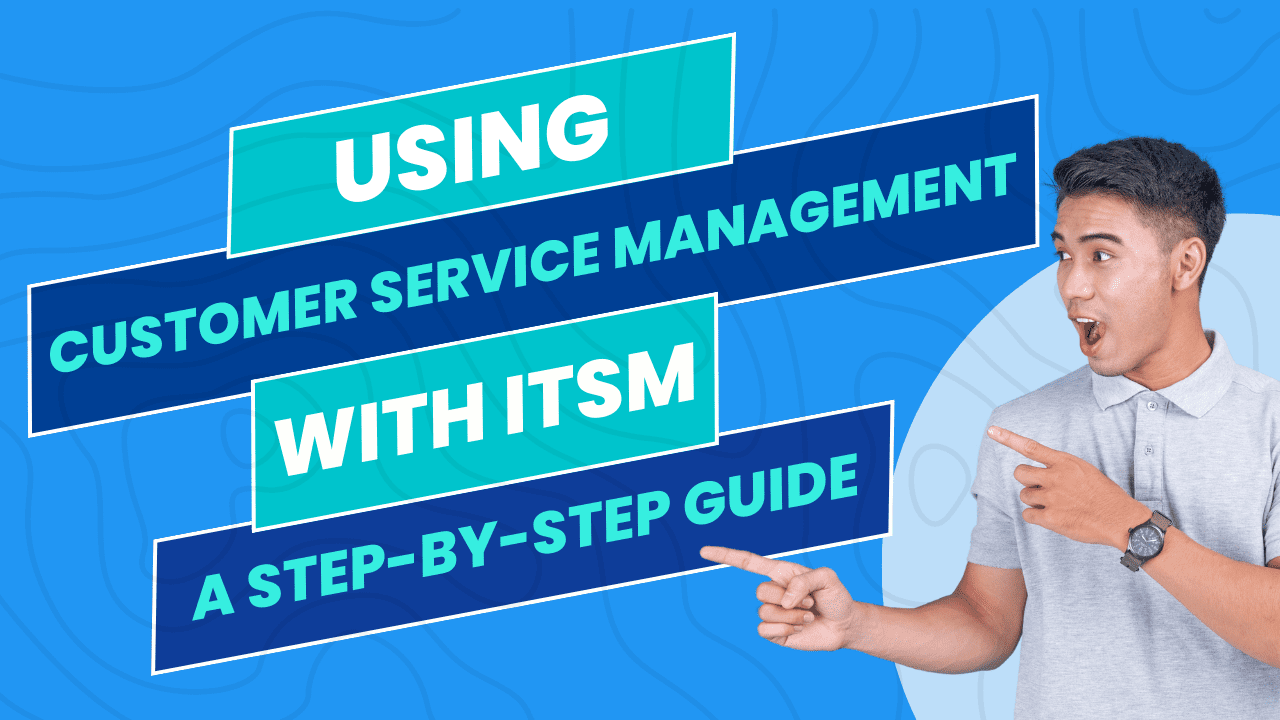

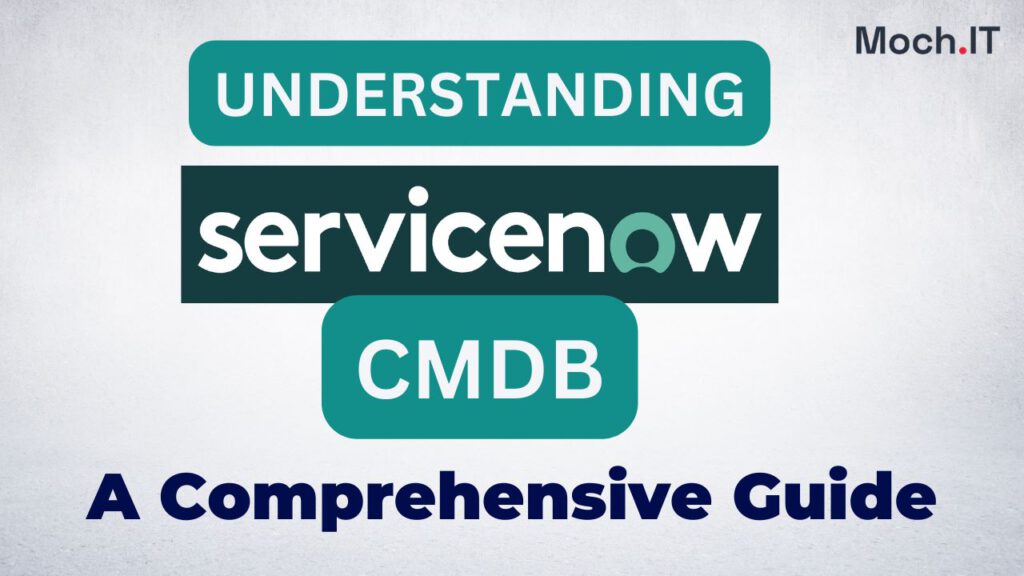
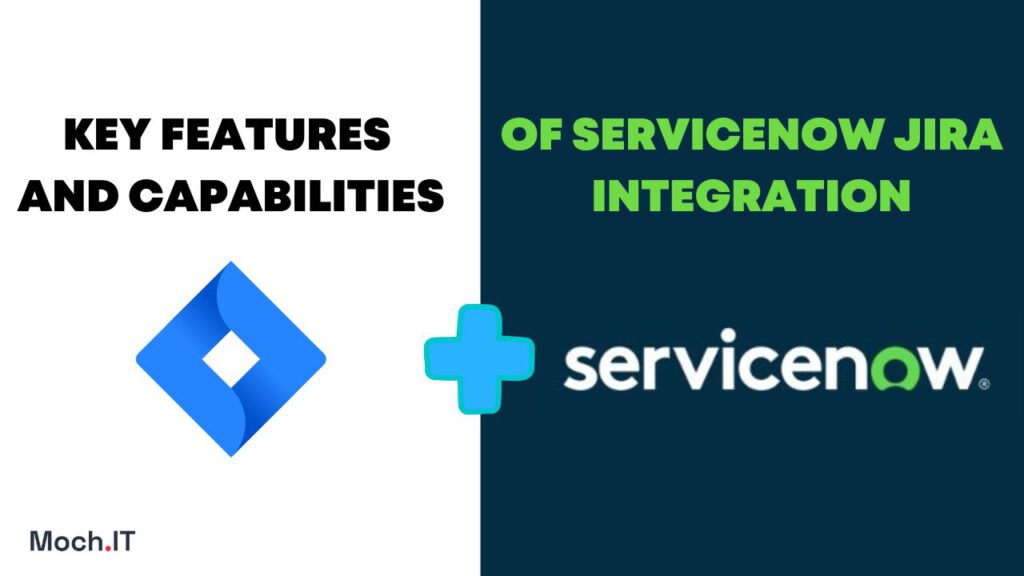


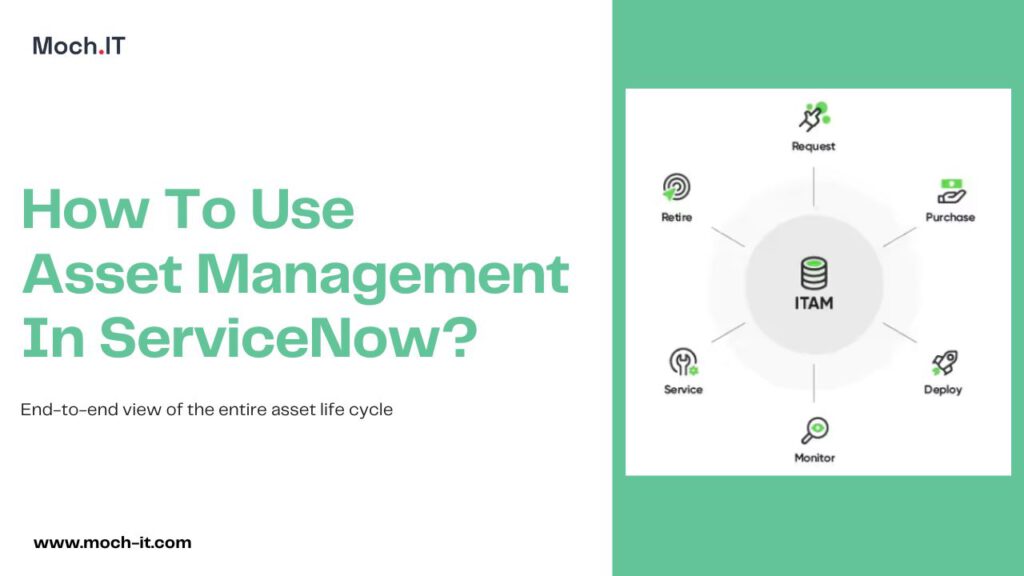
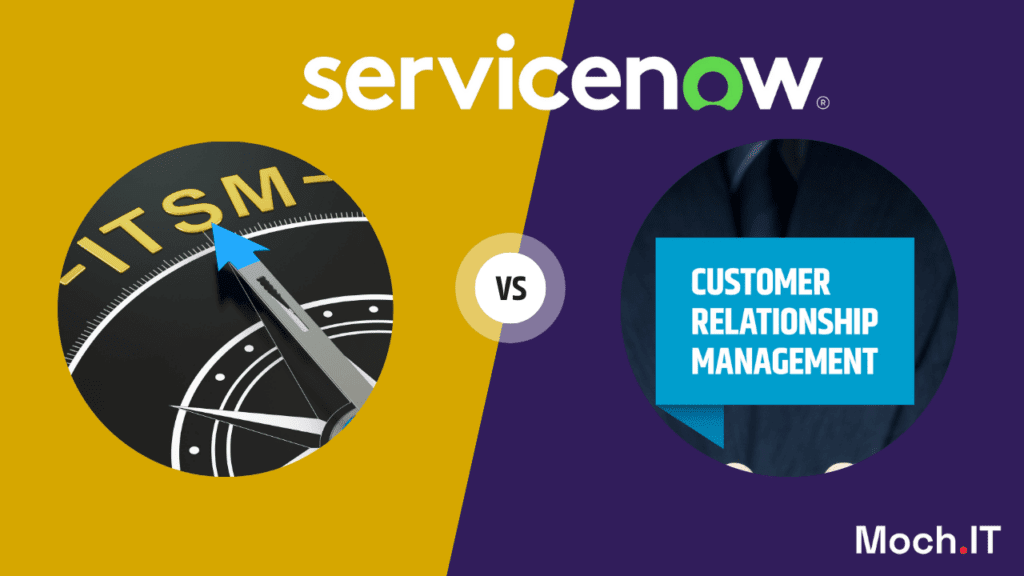





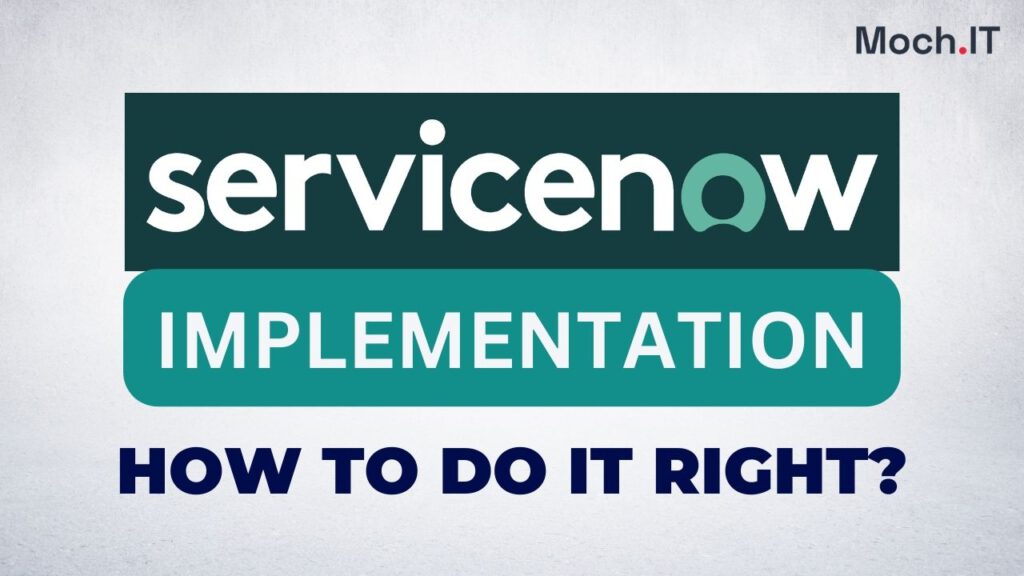
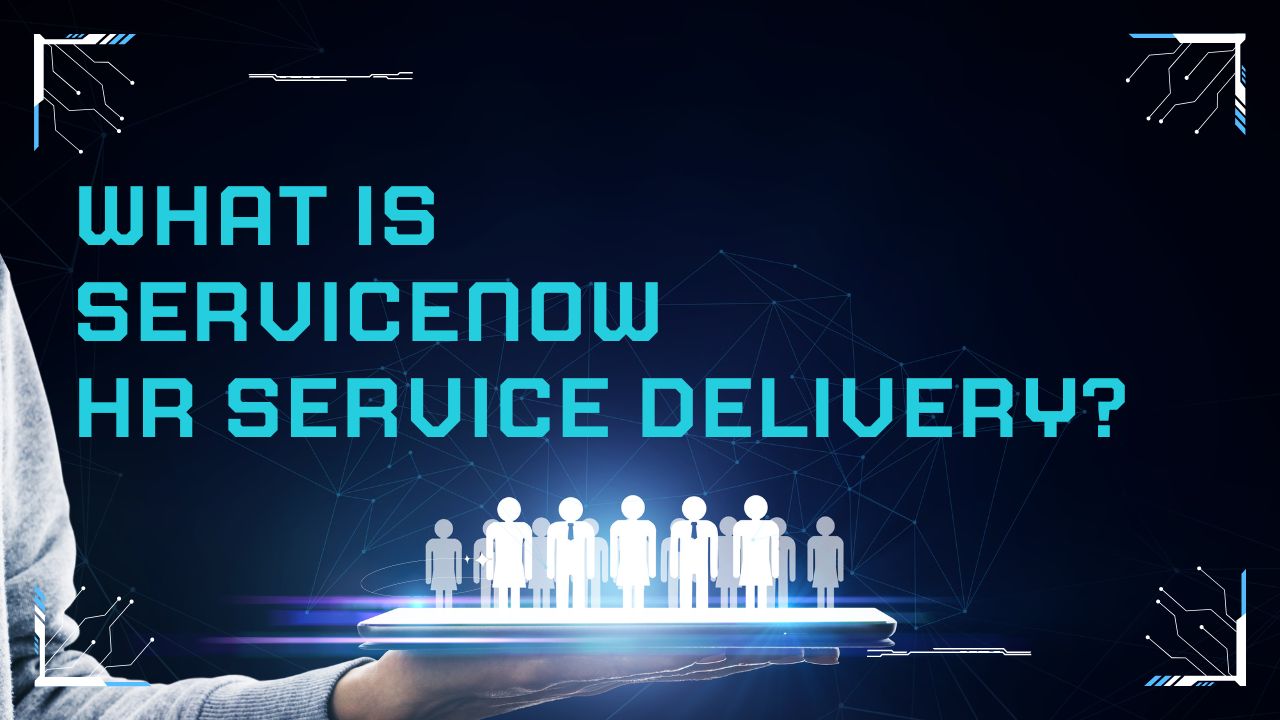
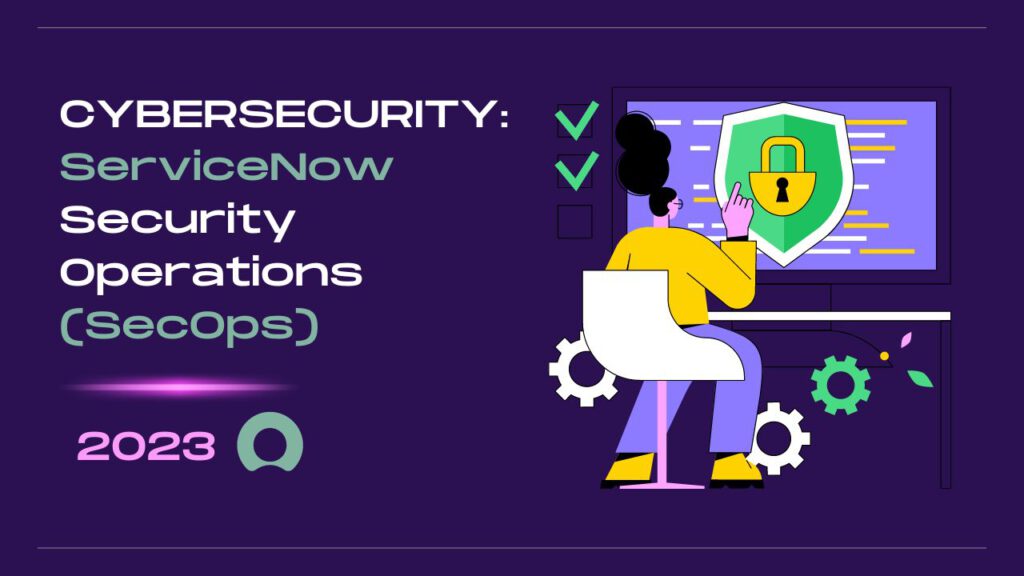
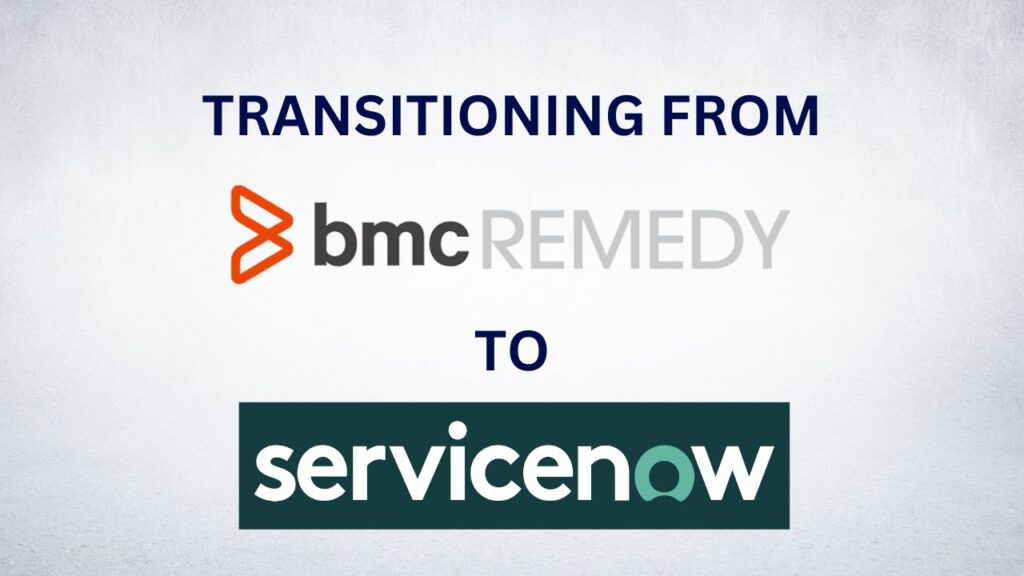
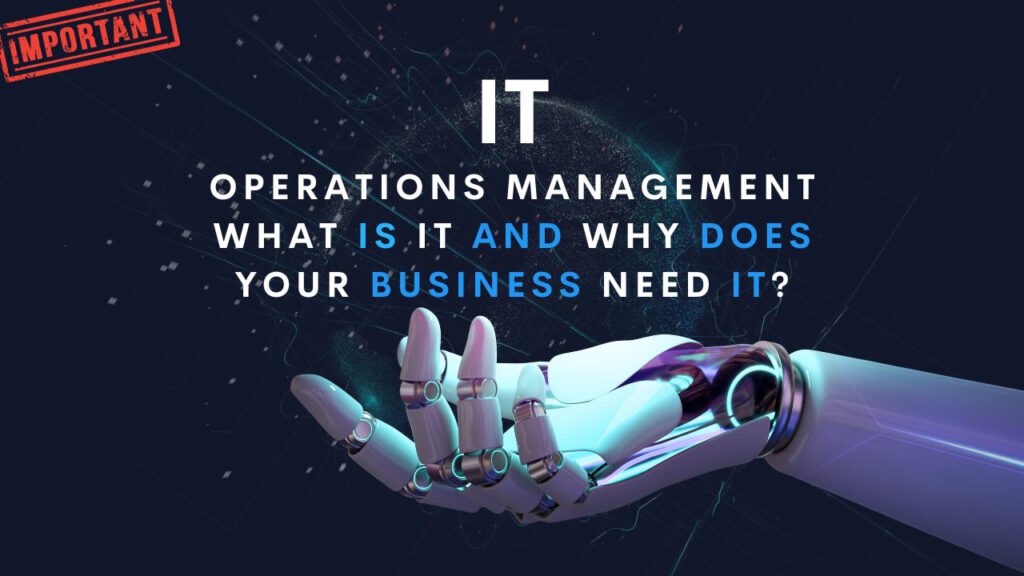


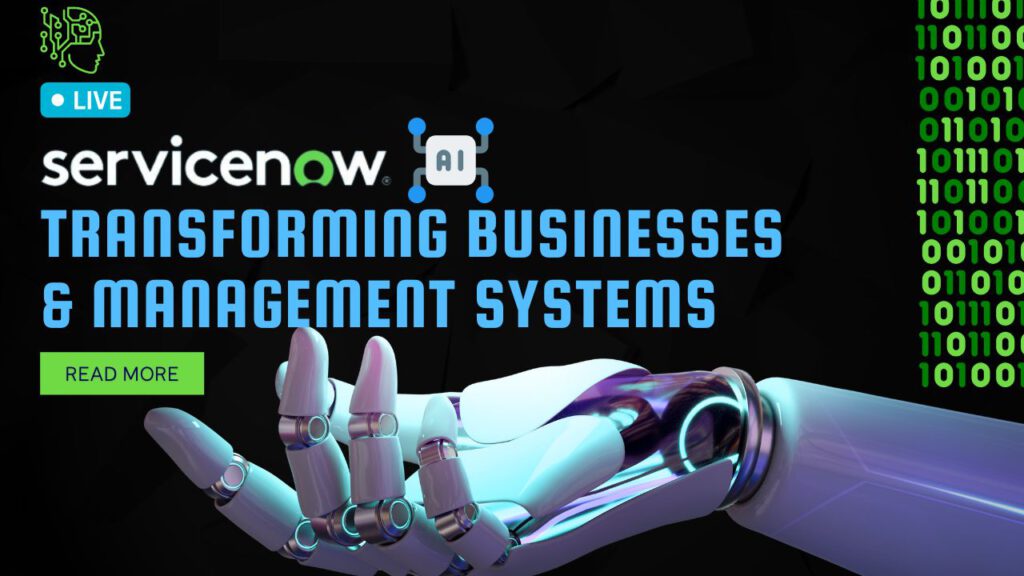


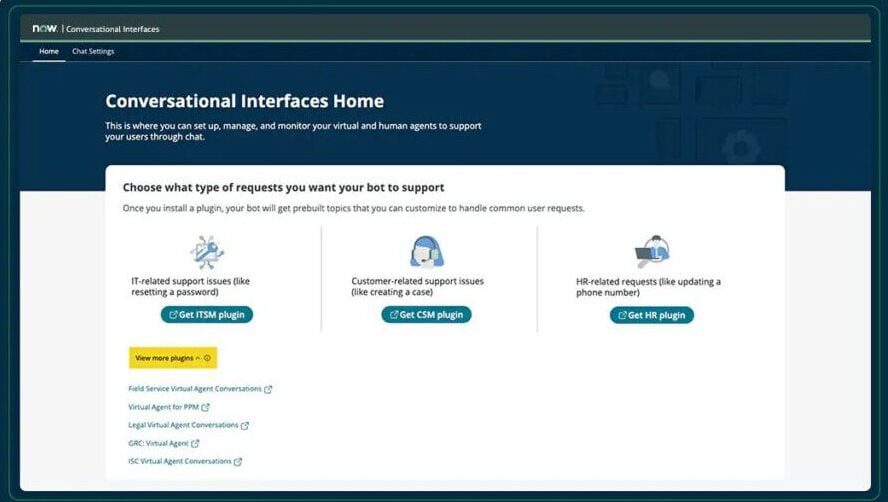
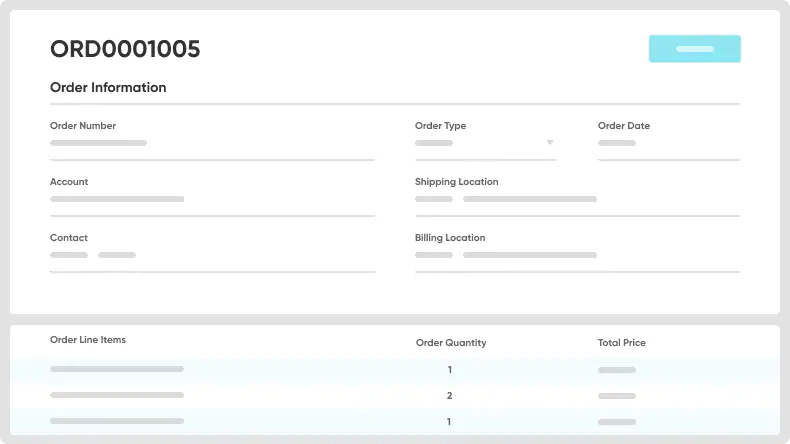


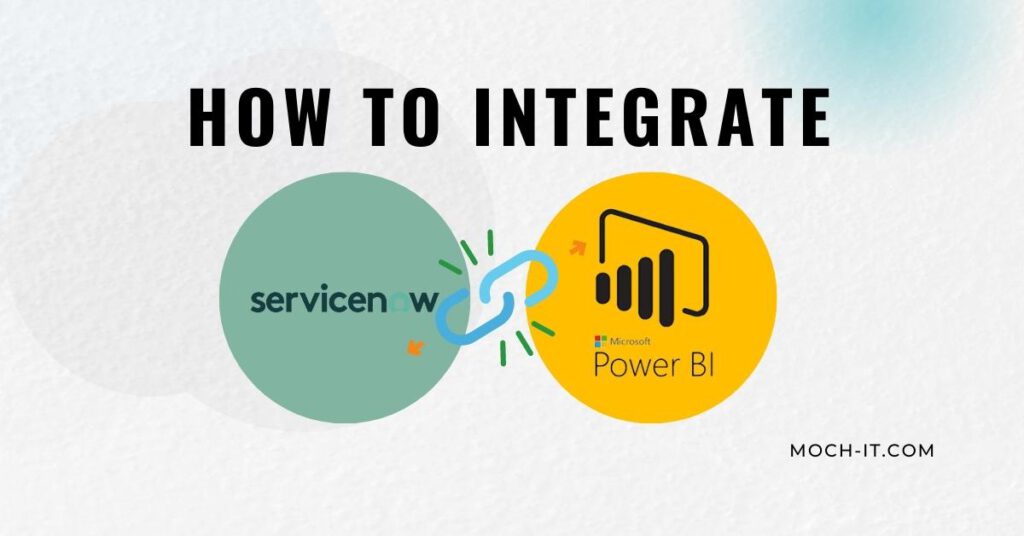




![Servicenow Latest Version: [ A Guide ]](https://moch-it.com/wp-content/uploads/2022/09/Servicenow-Latest-Version-1024x536-1.jpg)

